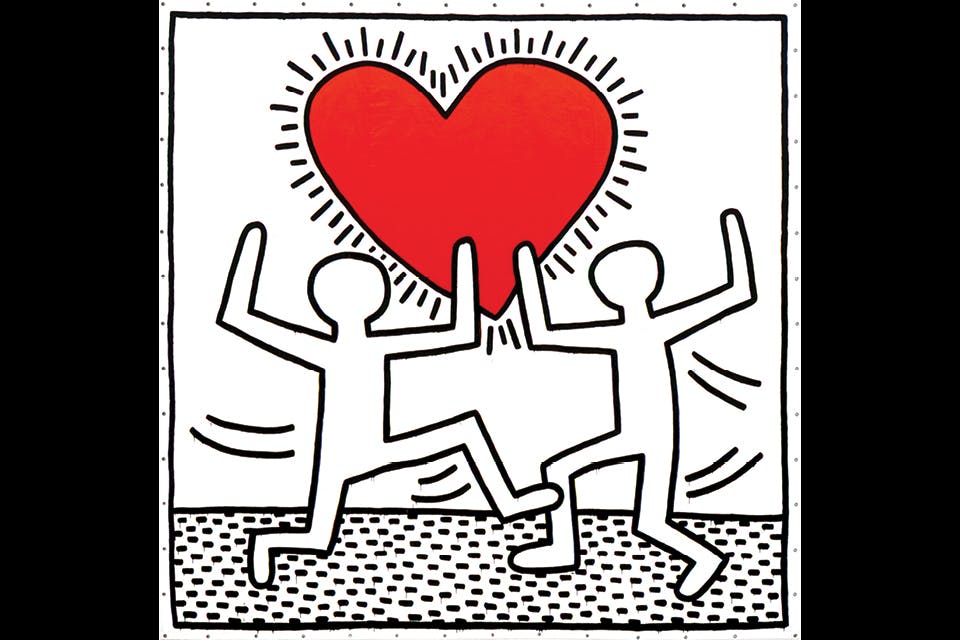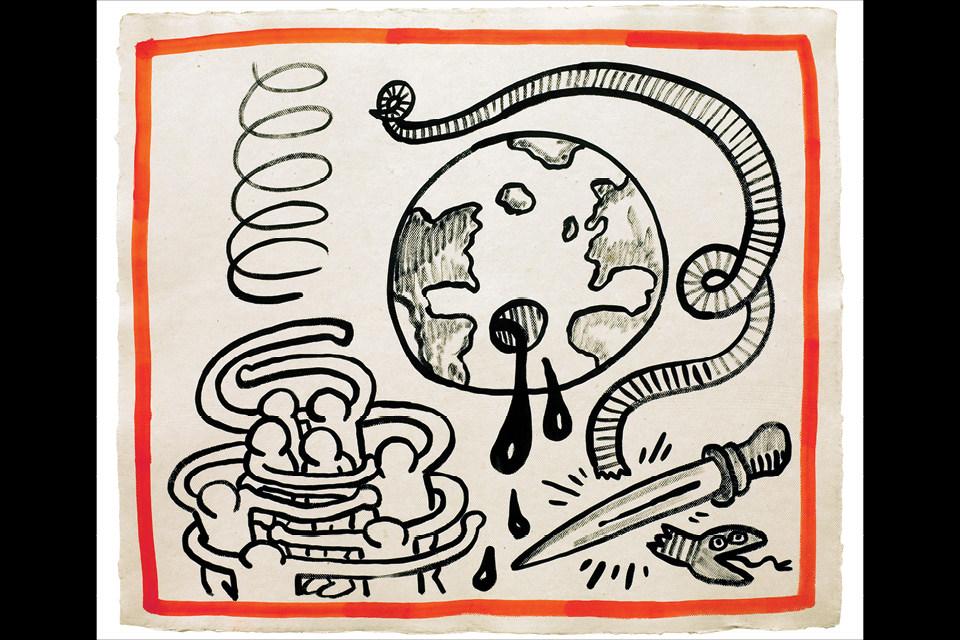Arts
‘Keith Haring: Against All Odds’ at Akron Art Museum
Keith Haring’s distinctive art rose from the streets of New York City to become part of popular culture as it explored subjects ranging from AIDS to apartheid.
Related Articles

Summer Fun in Ohio: 22 Ways to Enjoy June
Grab a ticket to a summer concert from the Dave Matthews Band, explore southern Ohio heritage at Ohio Valley Frontier Days, check the Ashland Balloon Festival and more. READ MORE >>

Spend a Rainy Summer Day at These 4 Ohio Museum Exhibitions
When the clouds roll in and the drops start to fall, make plans to visit one of these kid-friendly museum exhibitions that are all here for a limited summer run.
READ MORE >>

See “Botanical Fantastical” at Pyramid Hill Sculpture Park & Museum
Experience this nature-focused art exhibition on display at this Butler County attraction’s Gallery Museum at Pyramid Hill through July 27. READ MORE >>




